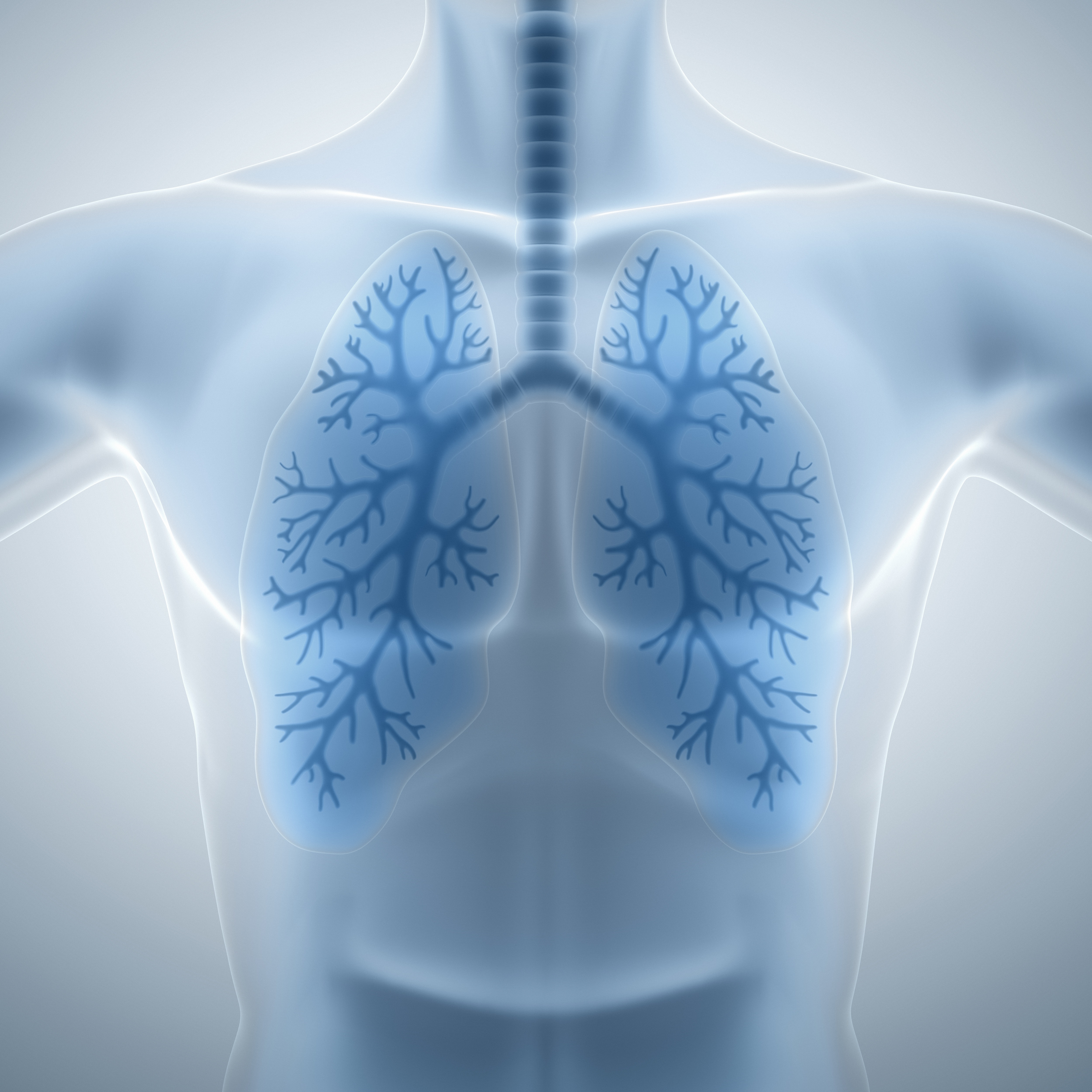In pulmonary hypertension, vascular remodeling due to excessive proliferation of endothelial and smooth muscle cells is a hallmark feature. Now, researchers have identified miR-125a as an important player in that remodeling. The study, titled “microRNA-125a in pulmonary hypertension: Regulator of a proliferative phenotype of endothelial cells,” was published in the Experimental Biology and Medicine journal.
Pulmonary arterial hypertension (PAH) is a multifactorial and progressive disease characterized by an increase of mean pulmonary arterial pressure greater than 25 mmHg at rest, as assessed by right heart catheterization, eventually leading to right ventricular failure. The heterogeneous clinical and pathophysiological processes observed in PAH result in a final common pathway of vasoconstriction, microthrombosis, and vascular remodeling. The most important and least treated process of this pathogenetic trio is remodeling, due to neoplastic-like alterations in the smooth muscle and endothelial cells of the vessel wall. The uncontrolled proliferation of these cells is mainly mediated by dysregulations of growth factor receptors and regulator proteins of the cell cycle, with hypoxic conditions acting as an important inducer of these events.
microRNAs (miRNAs) are a class of small, non-coding RNA fragments — once regarded as genetic “junk” — that have emerged as new gene regulators that control considerable parts of the human genome. In the PAH context, they have recently been associated with the remodeling of pulmonary arteries, particularly by silencing the bone morphogenetic protein receptor type II (BMPR2).
The team identified other potential roles of miRNAs beyond regulating BMPR2, such as targeting cell cycle regulators. They used a computational approach based on software prediction programs to identify a novel pathway involving the concerted action of miR-125a, BMPR2, and cyclin-dependent kinase inhibitors (CDKN) that controls a proliferative phenotype of endothelial cells. The researchers inhibited the expression of miR-125a in cultured endothelial cells by transfecting these cells with a specific miRNA inhibitor and found that the expression of two important tumor suppressor genes, which control the regulation of the cell cycle, was increased and led to a decrease in proliferation of endothelial cells.
These findings were confirmed in vivo using the mouse model of hypoxia-induced pulmonary hypertension. In pulmonary hypertension, levels of miR-125a were elevated in lung tissue of hypoxic mice when compared to mice with normal levels of oxygen. Of interest, circulating levels of miR-125a were found to be lower in mice with pulmonary hypertension as compared to control mice. These findings were consistent with data observed in a small cohort of patients with pre-capillary pulmonary hypertension. The translational data highlighted the pathogenetic role of miR-125a in pulmonary vascular remodeling.
“These translational data indicate a pathogenetic role of miR-125a in pulmonary vascular biology and might explain endothelial cell-specific alterations in pulmonary hypertension,” said Dr. Matthias Brock, senior author of the study, in the press release.
Dr. Steven R. Goodman, editor-in-chief of Experimental Biology and Medicine, said, “these studies by Brock and colleagues should lead to future studies to determine whether decreased levels of miR-125a in the blood will have prognostic value for patients with pulmonary hypertension.”
Overall, this study suggested that hypoxia-induced miR-125a might be potential candidate as cell cycle regulator in pulmonary hypertension.

